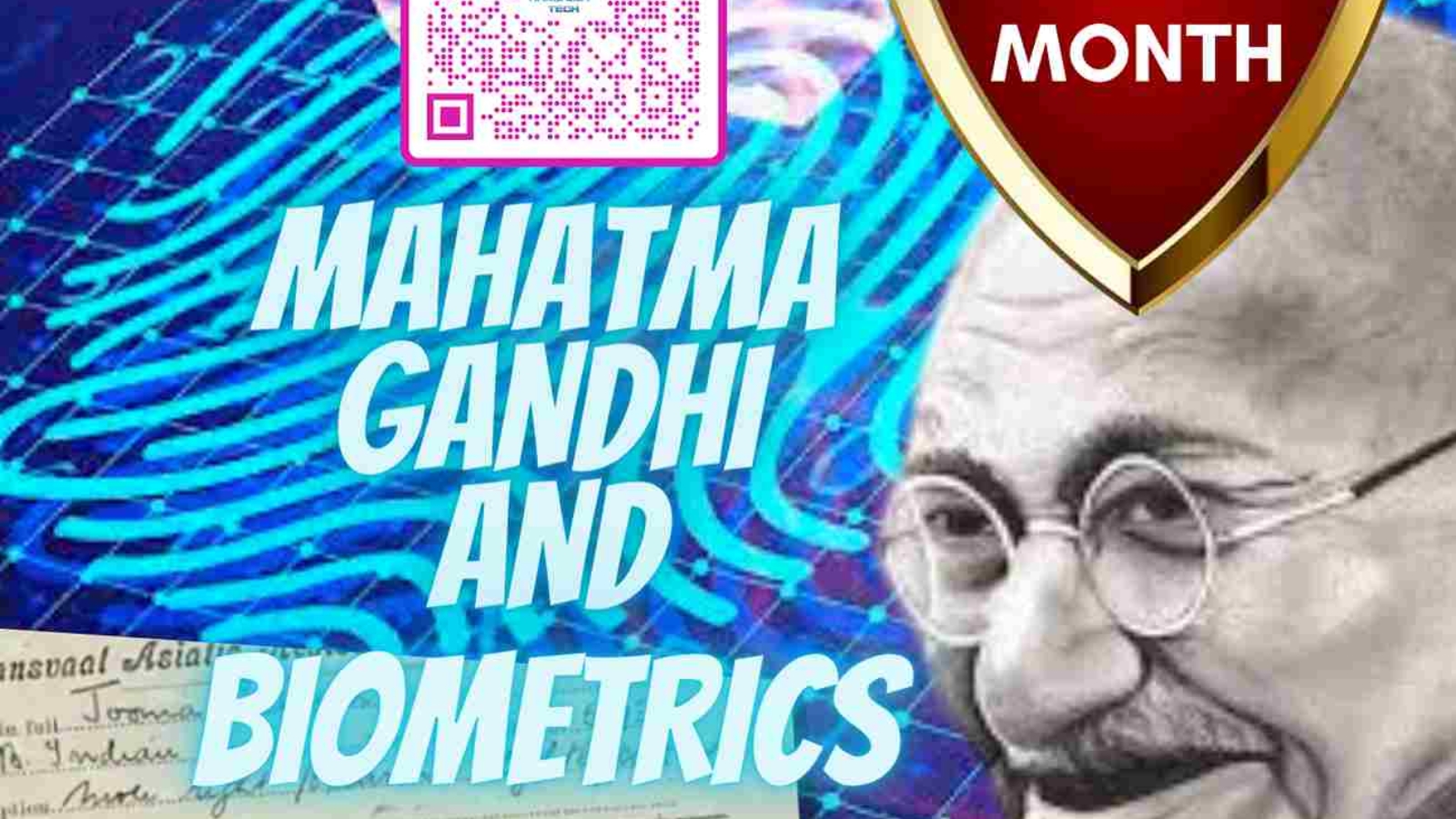THE SATYAGRAH STORY
Mahatma Gandhi’s Journey On Satyagrah Began with the Opposed the Biometric (Transvaal) Asiatic Registration Certificate.
There is a famous say that history always repeats but we haven’t learnt anything from the history.
RARELY FEW PEOPLES KNOWS THAT THE BLACK KNOWN LED TO THE INDEPENCE OF INDIA MOVEMENT FROM BRITISH RAJ BUT THE ROOT CAUSE TO OPPOSE BLACK ACT WAS BIOMETRIC COLLECTION.
Mahatma Gandhi had opposed a law similar as a Black Act in South Africa from 1906 to 1914.
In August 1906, the Asiatic Law Amendment Ordinance was signed into law in the Transvaal.
The law was discriminating & law forcing Indians in the Transvaal to register with the ‘registrar of Asiatics,’ submit to physical examinations, provide fingerprints & carry a registration certificate at all times.
Otherwise, Indians & other ‘Asiatics,’ as they were called, could be fined, imprisoned, or deported. It became known as the ‘Black Act’.
Immediately, the ordinance was translated and published in the Indian Opinion along with articles denouncing it.
Within few days, mass meetings were organized.
The Thousands attended and pledged not to cooperate with the Black Act. Leaders in the Chinese community were contacted, including Mr. Leung Quinn, as they too were affected by the Act.
It was the beginning of an eight-year-long resistance campaign.
Prominent leaders pledged their support including Abdul Gani, the Chairman of the Transvaal British Indian Association, Yusuf Ismail Mian (The Chairman of the Transvaal Indian Association, later called the Transvaal Indian Congress), & Ahmad Muhammad Cachalia, a wealthy merchant.
A delegation of Indians sailed to London to meet with Secretary of State Lord Elgin, who then publicly renounced the Black Act, but privately only advocated for superficial revisions to the Act.
When the certificate offices opened on July 1, 1907, resisters picketed outside the office and dissuaded passing Indians from registering. They gathered support for the noncooperation in temples, mosques, and churches.
Initially known as the ‘Passive Resistance Campaign,’ Gandhi coined the term ‘Satyagraha,’ literally ‘truth-force,’ as an alternative name.
Satyagraha developed as a paradigm for waging nonviolent struggle, advocating ‘active resistance to oppression,’ and would profoundly influence the Indian struggle for independence in later decades.
At the closing of registration, only 511 out of the 13,000 Indians in the region had registered. Some who had registered faced shaming by the resisters, with some tearing up their certificates afterward.
COURTESY :
